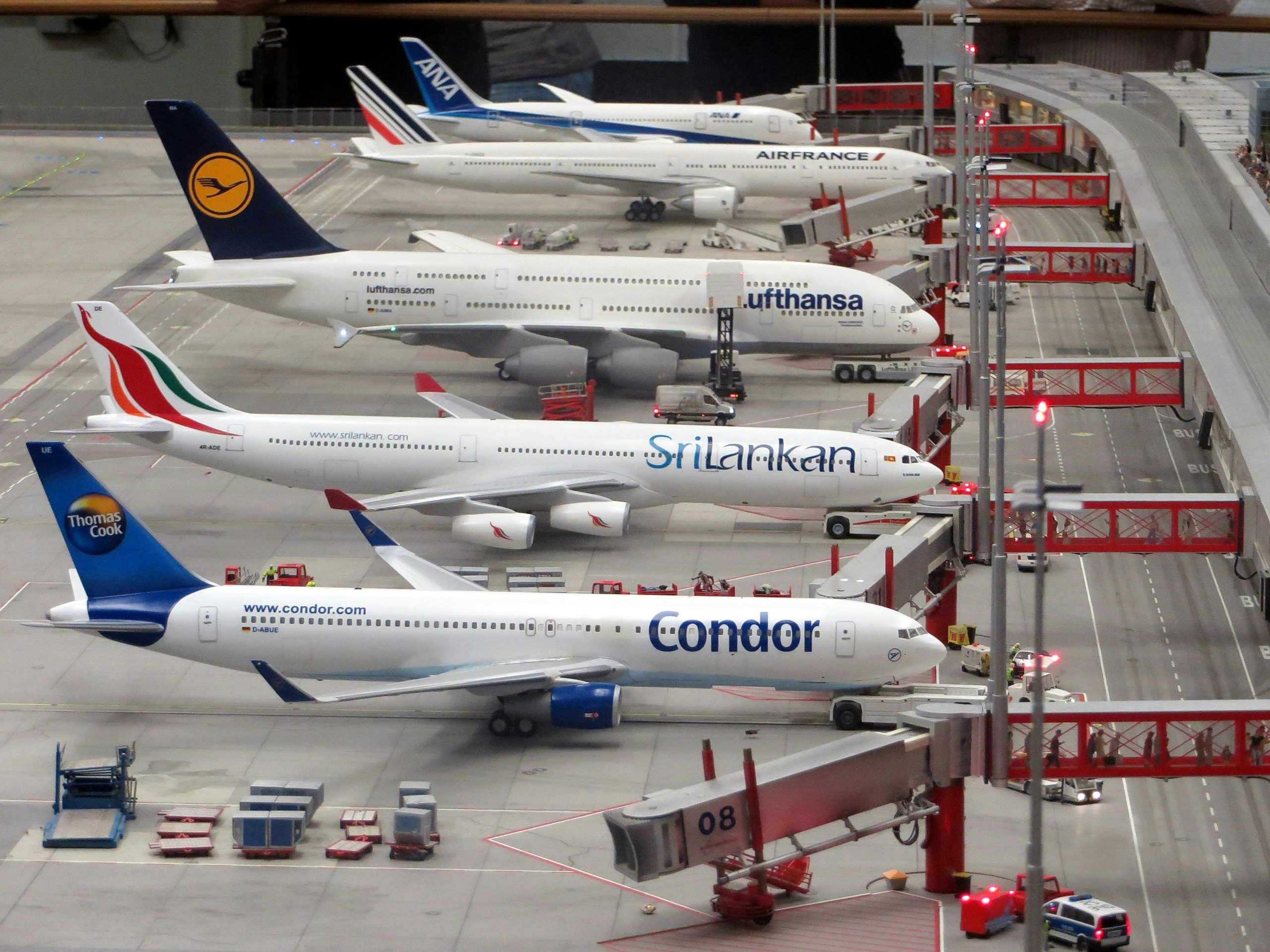The Role of SAF in Achieving Carbon-Neutral Aviation by 2050
The Role of SAF in Achieving Carbon-Neutral Aviation by 2050

Aviation is one of the fastest-growing sources of greenhouse gas emissions, contributing to climate change on a global scale. As the industry works toward achieving carbon-neutral growth by 2050, sustainable aviation fuel (SAF) has emerged as a game-changing solution. At New Rise Renewables, we’re proud to be at the forefront of this movement, leveraging non-food stock crops and cutting-edge hydrotreating technology to help produce cleaner, more sustainable fuel alternatives.
The Carbon Challenge in Aviation
Unlike other transportation sectors, aviation faces unique challenges in reducing carbon emissions. Airplanes rely on high-density energy sources, making batteries or hydrogen impractical for long-haul flights. As a result, liquid fuels will remain critical for the foreseeable future. However, the aviation industry must decouple its growth from its carbon footprint, which is where SAF plays a pivotal role.
What Makes SAF Carbon-Neutral?
Sustainable aviation fuel is derived from renewable resources such as biomass, making it fundamentally different from conventional jet fuel from fossil-based sources. At New Rise Renewables, we exclusively use non-food stock crops like corn oil and soybean oil to produce the renewable, synthetic blending component used for making SAF, ensuring our process doesn’t compete with food production. This bio-circular system not only reduces lifecycle emissions but also helps airlines minimize their environmental impact.
When SAF is burned in an aircraft engine, it releases carbon dioxide. However, because the crops used to make SAF absorb CO₂ from the atmosphere during their growth, the overall carbon footprint is significantly reduced. With proper implementation, SAF can cut emissions by up to 80% compared to traditional jet fuel.
Hydrotreating: The Technology Behind SAF
New Rise Renewables utilizes hydrotreating technology to convert renewable feedstocks into high-quality jet fuel blendstock. This process involves reacting feedstocks with hydrogen under high pressure and temperature, and removing impurities. Eventually, the blendstock is mixed with conventional fuel to create a product that performs just like regular jet fuel. The ultimate result is SAF that meets stringent aviation standards while providing cleaner, more efficient air travel.
By combining advanced technology with sustainable feedstocks, New Rise Renewables is setting a new standard for the path to SAF production.
SAF as a Path to Carbon Neutrality
To achieve carbon neutrality, the aviation industry must integrate SAF on a massive scale. Policies like the International Civil Aviation Organization’s (ICAO) Carbon Offsetting and Reduction Scheme for International Aviation (CORSIA) are pushing airlines to adopt sustainable practices, and SAF is a key component of these strategies. By transitioning to SAF, airlines can:
- Reduce lifecycle emissions.
- Comply with emerging sustainability regulations.
- Align with consumer demand for greener travel options.
A Vision for 2050
As the world moves toward a low-carbon future, SAF will play an increasingly vital role. At New Rise Renewables, we’re committed to accelerating this transition by helping to provide a sustainable, scalable alternative to conventional jet fuel. By prioritizing non-food stock crops and employing state-of-the-art hydrotreating technology, we’re making carbon-neutral aviation a reality—not just a goal.
Let’s work together to create a future where aviation and sustainability go hand in hand. Learn more about our innovative SAF solutions from our other blog posts and join us on the journey to cleaner skies.
